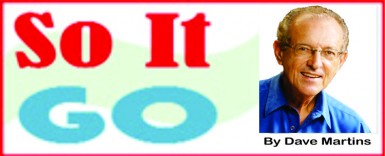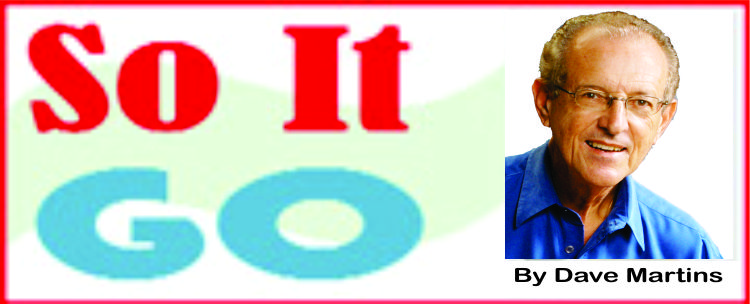Most of the truly riveting or memorable things we’ve seen reside in still photographs that freeze a fleeting moment and hold it for us forever. That captured snap of a shutter opening and closing allows us to go back and be there at that narrow second, and in the process to become privy to something that we would miss completely in watching video of the same subject. A friend recently sent me a collection of still photographs that included one of Che Guevara sipping a smoothie. The picture was a revelation. I kept staring at it. It showed you a side of the man, a relaxed peaceful side, that is completely at odds with everything you’ve seen and heard about him. It was a shock. In one brief captured moment, it shows a playful and even gentle aspect of the Cuban revolutionary that you would never have imagined existed. In that frozen moment, it stood out.
Unlike a video, with subjects constantly in motion, expression changing, body language shifting, the still photograph can often capture the essence of a person, in a sheer accident that would otherwise go by unobserved. During the time I lived in Cayman, for example, there was a crafty British Governor there who was an energetic and articulate fellow but also known to be devious, a schemer, always manoeuvering and seeking to recruit influential persons to his causes. Wading through the photo file at the local newspaper one day, I ran into a candid shot of the Governor at a Government House function. He was holding a glass of drink in one hand, head facing someone, but his eyes were turned way left riveted on some other person or action off to the side, with a look that conveyed daggers. The second before that picture was taken that scheming look on the Governor’s face likely wasn’t there, and likely wasn’t there after, but in that split second, when the shutter flew, it appeared, clear and powerful, telling you “Here’s what this fellow is about; be on your guard.”

Guyana is a culture full of such moments, making for delightful still images, those “just once” shots you want to capture except that the camera is at home. On my way to town a few weeks ago, I spot a man on a bicycle riding up the East Coast on the shoulder (wrong way, of course) as I’m driving down. He’s balancing a huge bag of something, probably grass, about 5 feet long and 3 feet wide. He’s on a lady’s bike, and the bag is standing on the bottom of the bike frame, leaning on the handlebars and projecting up another three feet or so. Facing him all you see is this huge bag, his head above it, and his arms around it on the bike handle. He was pedalling along as if this was a normal bike on the move. It was a picture of a bag with a head and two arms on a bike. I was kicking myself for the camera left home.
Recently, as well, there was open sewer construction at Camp and New Market Streets. Looking down into that gaping opening, some 8 feet deep, one could get a clear idea of the massive and complex arrangement of pipes interwoven underneath the town. A still photograph of that would have been something to keep, but again, no camera. Two days later, when I did have the Nikon, the opening had been closed – another still photo gem lost.
Often, of course, someone with a camera does capture moments like the one of the Cayman Governor. A few weeks back in Guyana, while not actually a still photo, there was a TV sequence showing one of our politicians speaking in Parliament. As he paused in his speaking, the close-up sequence showed him motionless, head down, lips pursed, eyes looking up, showing, in that instant, the embattled gentleman in full fighting stance. It was an image of pure aggression; a political warrior at fever pitch.
In that same session, as well, the print media carried a picture of one of our more voluble MPs during the budget debate. It showed the individual, hands pointing to the left, head turned to the right, eyebrows upraised as if in a question. Without reading the story, the photo showed clearly someone earnestly pleading a case but also clearly of divided mind on the subject. One could almost hear the question, “Alyou buying this or not?” Clear as day, the camera had clicked just as the doubt appeared.
I close with a classic some people may know. The well-known Trinidadian photographer Noel Norton has a huge enlarged black-and-white photo in his studio. Taken from the rear, it shows a small donkey-cart going down the street. The father, holding the reins, is sitting upright in the middle. Behind him are his two young sons; one is leaning left, one is leaning right, looking at something ahead. What they’re looking at is the donkey peeing. It’s a stopped image: stoic father sitting; young boys peering; donkey peeing. At the back of the donkey-cart is a hand-painted “God is love.” A beautiful frozen moment of time standing still.





